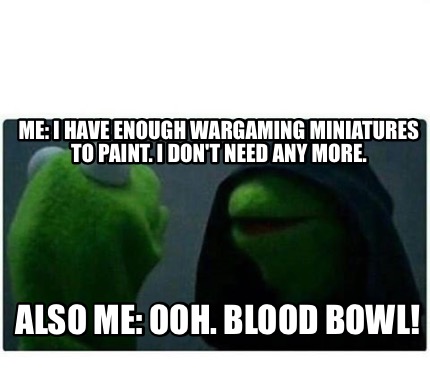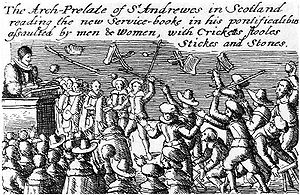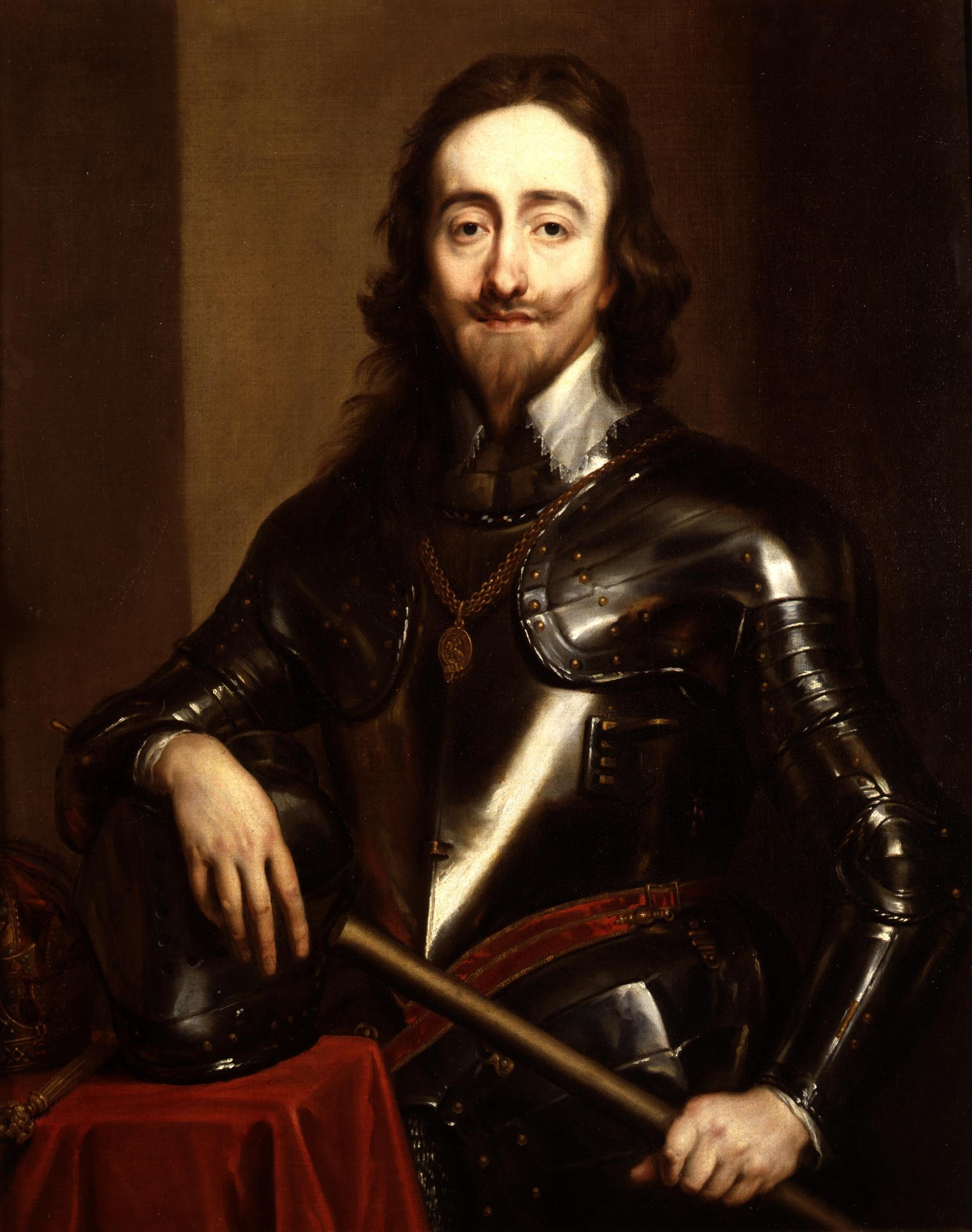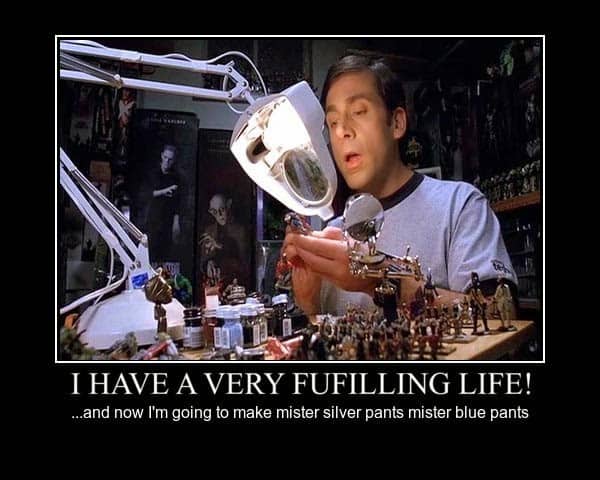Let the sofa be mountains, the carpet be sea,
There I’ll establish a city for me:
A Kirk and a mill and a palace beside,
And a harbour as well where my vessels may ride.
Robert Louis Stevenson
Well what better way than to start this edition, than with poetry from one of the early dabblers in the hobby-certainly of the HG Wells crowd.
We all get to that stage, when getting any gaming time, in between real life is a chore. We work 9-5, we endure the commute, we go to the wargames club, we’re tired, and we want a nice quick game with minimal preparation and hassle, not too demanding on the noggin, so we can get away in time to make it to last calling at the club. Tiredness brings down the game, we can’t wait for it to finish, our attention isn’t there, so we make silly moves and then overly worry about the minutiae of rules mechanisms and whether we are doing it right. The game has no narrative, so it feels repetitive and unfulfilled and if your local wargaming fix are of the wargames magpie leaning, (aren’t we all), you will have to learn a new set of rules every week. It sucks the fun out of it.

Now obviously, we come into the hobby to game in two ways-simulations and game. Games are easy to do-they are sit down and play-with the humdrum of everyday life, this is what we mostly achieve, without the thought process. But simulation, playing a game in the manner of the period you’re portraying, often gets left behind in favour of speed and efficiency.

So naturally resources and simulation wishes had gone out the window for me. When I last looked, it had been almost two years since I had properly played a wargame. That needed to change rapidly-it provides a purpose to other pleasure pursuits. Terrain wise, that wasn’t a problem; enough terrain has been built over the years, and while needing some TLC recently due to various moves, setting it up over bed, with blankets, books and stacked boxes, solved that issue.
Down and out, in terms of getting to the local club, pursuing my own gaming wishes, the logical next step is solo wargaming. Now many people veer away from this very quickly, with the perception it is just you, playing toy soldiers with yourself. If anything, that is far from the truth. The things you need to focus on are randomness. The way I get around this is by firstly assigning a set of indoctrinations drilled into every army. For example, a unit of 95th Rifles sole purpose is picket duty and skirmishing. Therefore they are going to try and find as much cover as possible, from commanding positions, with good line of sight of the enemy, to shoot down officers and NCOs, to have a slower shooting rate, but higher accuracy, but when the going gets really tough, willing to get themselves out of contact quickly. If you can keep to these tactical doctrines, personal preference gets removed.

Activation can also be brought to bear. In something like Lion Rampant, the player relies on an IGO-UGO system, to delegate orders, which in the normal run of things can actually sew a level of predictability into your games. However, if we go with the tenet that you personally are not commanding the other unit, removing activation rolls for most units associated with the other side (barring possibly musket/artillery units), meaning only you have to pass them, makes it even more unpredictable. Couple this with the activation system advocated by Bolt Action, picking Dice out of a bag, advocating initiative, followed by the need to pass the activation roll to use that unit-with failed rolls meaning full activation can pass to the enemy, creates a system where you have to plan for every eventuality.

Nor can we ultimately plan where and how an enemy army is going to deploy. Alright, norm is armies between 1618-1721 lined up with infantry at the centre, cavalry on the flanks, but we have seen this done so many times in games at the club, that it often devolves into a stand up and shoot standoff, with no predictability. Break down the enemy table edge into 6 sections. Roll a die for each unit, the number corresponding to their position on the battlefield.
No plan with the enemy survives first contact either. A regiment might be drunk, badly officered, untrained or truncated. A popular general might have been killed; the baggage train might be tantalizingly close to a light fingered unit’s position. All these will naturally have a role on how an army acts in the field. Create a series of events cards depicting typical scenarios and modifiers that will have an effect on the battle.
Rain makes a bigger bang. We all too frequently play wargames without the weather factor. As a reenactor, it becomes all too apparent what standing around in wet clothing, trudging through mud, trying to get your gun to go off in a snowstorm, waiting for the water carrier to come forward in a heat wave, feels like. Using the following table again apply possible modifiers to reflect this.
http://prometheusinaspic.blogspot.com/2010/12/weather-in-wargames.html
Lastly, it has become modern parlance that the wargames general plays god; he can give an order, divisive of distance, terrain or attrition. On any battlefield, it takes any general cognition time, relaying and travelling distance via ADCs to convey an order across the battlefield, rather than doing it instantly without radio or GPS. Way back in the misty days of yore, Order sheets for wargames were part and parcel of the hobby, but the time factor did away from them. However, again they can provide uncertainty. By designating a 10 minute period to write down all rules, for your side, onto an orders sheet, not being able to deviate from orders once written means that a set route has to be followed, meaning you are not always on the winning side. Couple that with some period research into availability of ammunition and the period needed to expend it, forces you into following select tactics.
https://battlegames.files.wordpress.com/2011/01/sample-orders-sheet.jpg
But above all, something advocated quite heavily in the Black Powder set of rules, is the spirit of Gentlemanly Wargaming, or Old School Wargaming. Rules are there only as a guideline, they are never supposed to be the be all and end all. In all rule sets there are some things we like, some we hate. If you see a hole in a set of rules, or a means to make it more period specific, or independent, or programmable, just add it. Who’s stopping you?
Although not too original, hopefully this article will provide some food for thought regarding the workings of solo wargaming. Have you got any further thoughts on solo wargaming? Give me a buzz.
The bible when it comes to Solo Wargaming



































